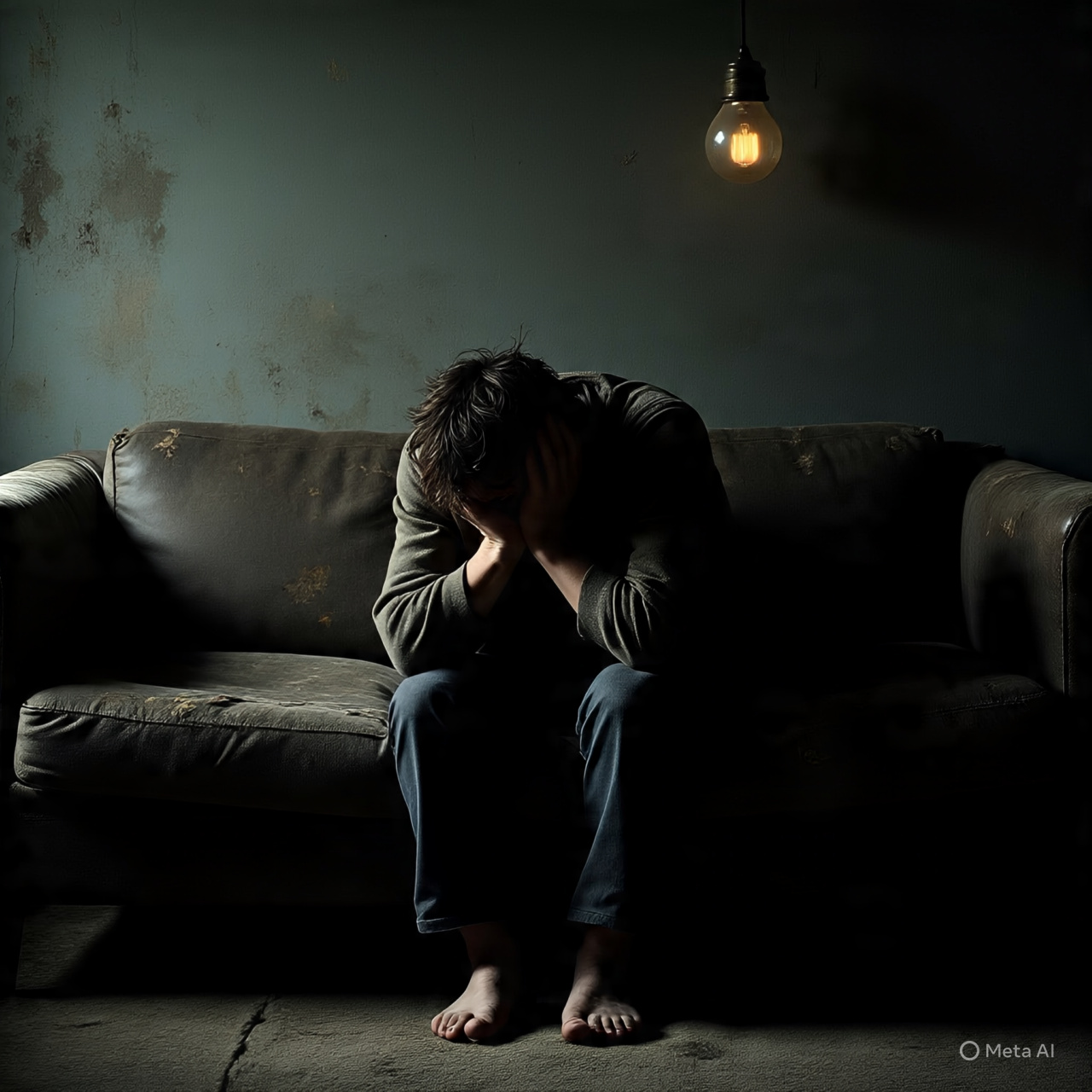Understanding Symptoms, Causes, and Paths to Healing
Depression is a pervasive mental health disorder affecting over 300 million people worldwide, causing immense emotional pain, suffering, and disruption to daily life.
What is Depression?
Depression, also known as major depressive disorder, is characterized by persistent feelings of sadness, hopelessness, and loss of interest in activities once enjoyed.
Symptoms of Depression:
1. Emotional Symptoms:
– Persistent sadness or emptiness
– Irritability or mood swings
– Loss of interest in hobbies or social activities
– Feelings of guilt, shame, or worthlessness
2. Physical Symptoms:
– Changes in appetite or sleep patterns
– Fatigue or low energy
– Headaches or muscle pain
– Digestive problems
3. Behavioral Symptoms:
– Social withdrawal or isolation
– Decreased productivity or performance
– Increased substance abuse
– Suicidal thoughts or behaviors
Causes and Risk Factors:
1. Genetics: Family history plays a significant role.
2. Brain Chemistry: Imbalances in neurotransmitters like serotonin.
3. Life Events: Trauma, abuse, loss, or major changes.
4. Medical Conditions: Chronic illnesses, pain, or sleep disorders.
5. Personality Traits: Low self-esteem, pessimism, or perfectionism.
Paths to Healing:
1. Counseling: Talk therapy with a licensed therapist.
2. Medication: Antidepressants or mood stabilizers.
3. Lifestyle Changes: Regular exercise, healthy diet, and sleep habits.
4. Support Groups: Joining groups for shared experiences and connection.
Anxiety: The Hidden Struggle
Understanding Symptoms, Causes, and Paths to Calm
Anxiety is a pervasive mental health disorder affecting over 40 million adults in the US alone, causing excessive worry, fear, and nervousness that interferes with daily life.
What is Anxiety?
Anxiety disorders encompass various conditions, including generalized anxiety, panic disorder, social anxiety, and phobias, characterized by persistent and overwhelming feelings of fear or apprehension.
Symptoms of Anxiety:
1. Emotional Symptoms:
– Excessive worry or fear
– Restlessness or feeling on edge
– Irritability or mood swings
– Avoidance of situations or places
2. Physical Symptoms:
– Rapid heartbeat or palpitations
– Sweating or trembling
– Nausea or abdominal discomfort
– Headaches or muscle tension
3. Behavioral Symptoms:
– Difficulty concentrating or sleeping
– Procrastination or avoidance behaviors
– Substance abuse or self-medication
– Social withdrawal or isolation
Causes and Risk Factors:
1. Genetics: Family history plays a significant role.
2. Brain Chemistry: Imbalances in neurotransmitters like serotonin.
3. Life Events: Trauma, abuse, loss, or major changes.
4. Personality Traits: Perfectionism, low self-esteem, or pessimism.
5. Medical Conditions: Chronic illnesses, pain, or sleep disorders.
Paths to Calm:
1. Counseling: Talk therapy with a licensed therapist.
2. Medication: Anti-anxiety medications or antidepressants.
3. Relaxation Techniques: Yoga, meditation, or deep breathing exercises.
4. Lifestyle Changes: Regular exercise, healthy diet, and sleep habits.
5. Support Groups: Joining groups for shared experiences and connection.
The Deadly Habit: Understanding Smoking Dangers
Effects, and Paths to Quitting
Smoking is a leading cause of preventable deaths worldwide, claiming over 7 million lives annually.
Dangers of Smoking:
1. Lung Cancer: Smoking causes 80-90% of lung cancer deaths.
2. Heart Disease: Increases risk of heart attacks, strokes, and high blood pressure.
3. Respiratory Issues: Chronic obstructive pulmonary disease (COPD), bronchitis, and asthma.
4. Other Cancers: Linked to cancers of mouth, throat, esophagus, pancreas, and bladder.
5. Premature Aging: Wrinkles, skin discoloration, and weakened skin elasticity.
Effects of Smoking:
1. Addiction: Nicotine dependence makes quitting difficult.
2. Mood Swings: Anxiety, irritability, and depression.
3. Reduced Fertility: Impacts reproductive health in both men and women.
4. Weakened Immune System: Increases susceptibility to illnesses.
5. Social Isolation: Smoking-related stigma and health issues affect relationships.
Paths to Quitting:
1. Nicotine Replacement Therapy (NRT): Gums, lozenges, patches, or inhalers.
2. Prescription Medications: Bupropion (Zyban) or varenicline (Chantix).
3. Counseling: Individual or group therapy to address underlying issues.
4. Support Groups: Joining communities like Nicotine Anonymous for encouragement.
5. Healthy Alternatives: Exercise, meditation, or hobbies to manage cravings.



